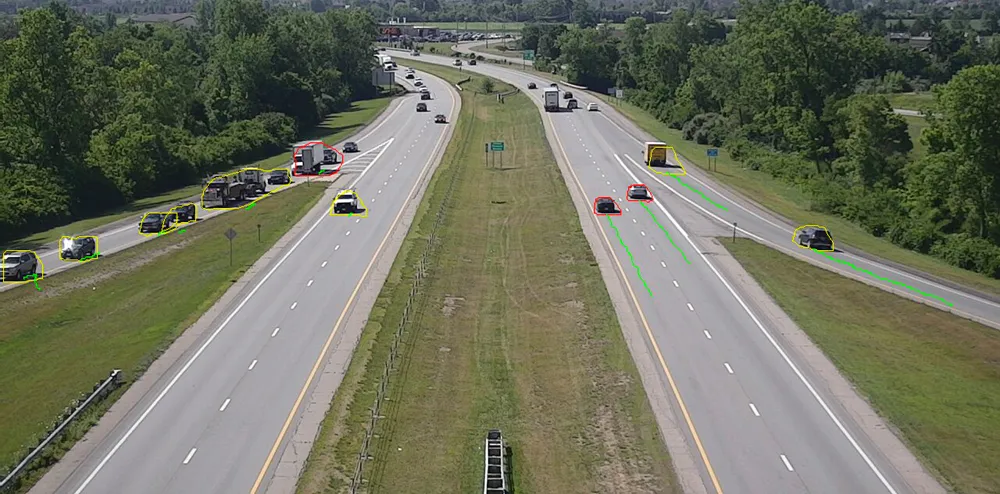Drivers wrongfully entering the highway from an off-ramp pose a serious safety risk and can result in severe, sometimes fatal, accidents. The detection of these wrong-way drivers is vital to reducing these risks.
The technology, which has been deployed in Colorado, Florida, Minnesota and Ohio for testing, provides accurate detection and fast notification to help improve the safety performance of roadways. These deployments have been running for several months and have proven that the system is working with very high accuracy. Indeed, within three-days of deploying in Colorado, the system captured a wrong-way event. The driver in this instance realised they were headed in the wrong direction and was able to safely correct the direction to avoid entering the highway the wrong way.
“Wrong-way drivers are a problem for many agencies around the country,” said Mike Ouellette, vice president of Radar Sales (pictured). “Our deployments in Colorado, Florida, Minnesota and Ohio, have captured a number of real events and we are very pleased with the outcome of these test deployments.”
The module detects wrong-way vehicles and sends an automated message alert with an image snapshot via e-mail or text. The system also provides a 30-zsecond video of the event, allowing traffic operators to visually confirm the wrong-way vehicle and provide emergency officials with details of the vehicle to expedite enforcement actions.
Booth 221
Wrong-Way Alerting solution from Image Sensing Systems
Drivers wrongfully entering the highway from an off-ramp pose a serious safety risk and can result in severe, sometimes fatal, accidents. The detection of these wrong-way drivers is vital to reducing these risks. Image Sensing Systems’ (ISS) Wrong Way Alerting solution is now helping to reduce such risks. The technology, which has been deployed in Colorado, Florida, Minnesota and Ohio for testing, provides accurate detection and fast notification to help improve the safety performance of roadways. These
June 6, 2018
Read time: 2 mins









